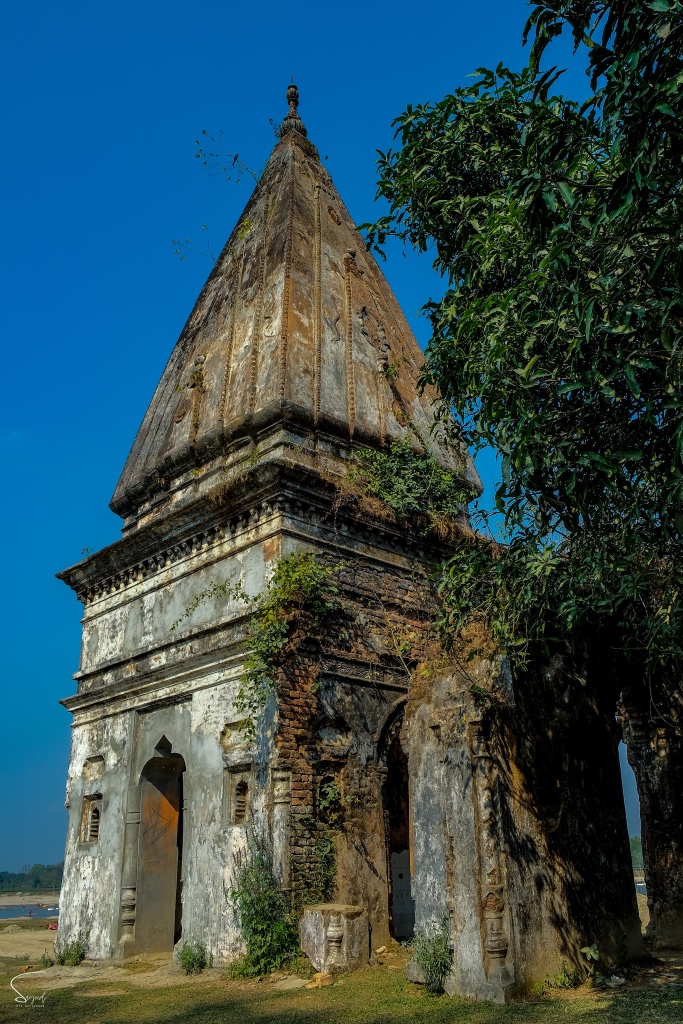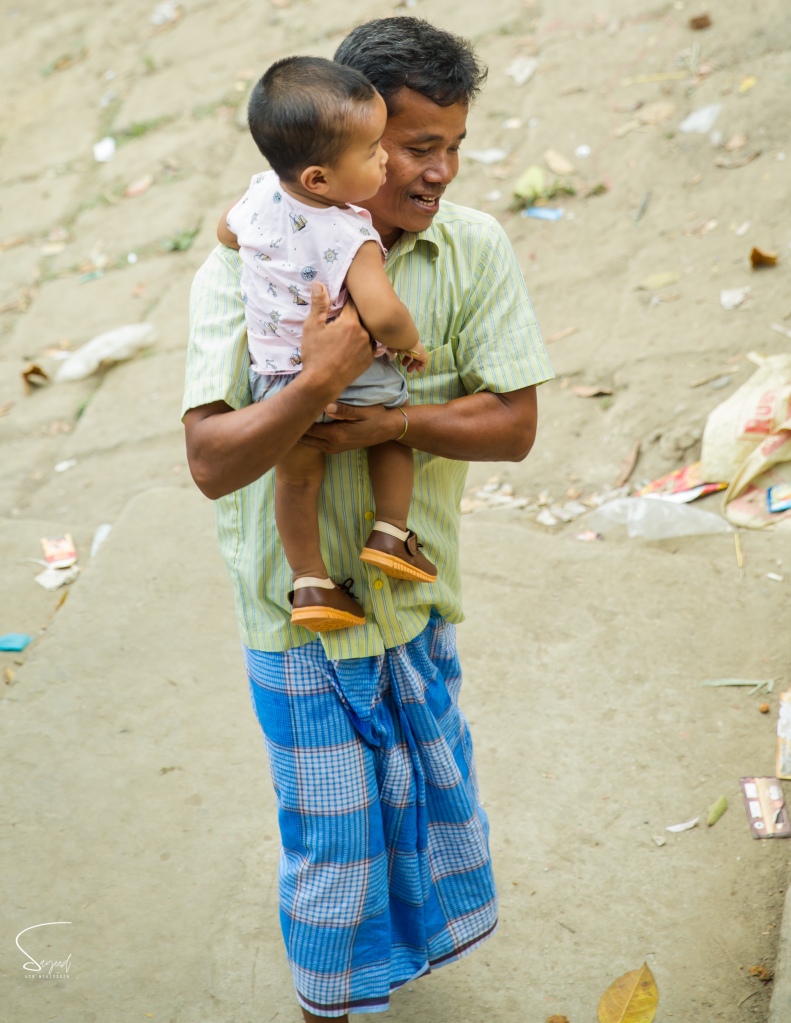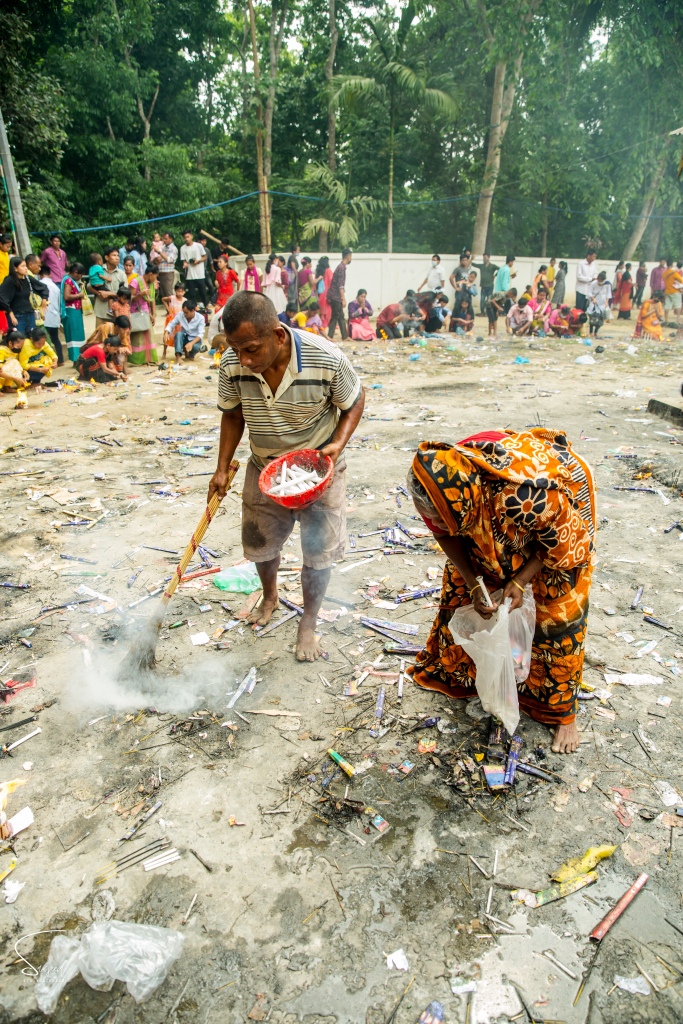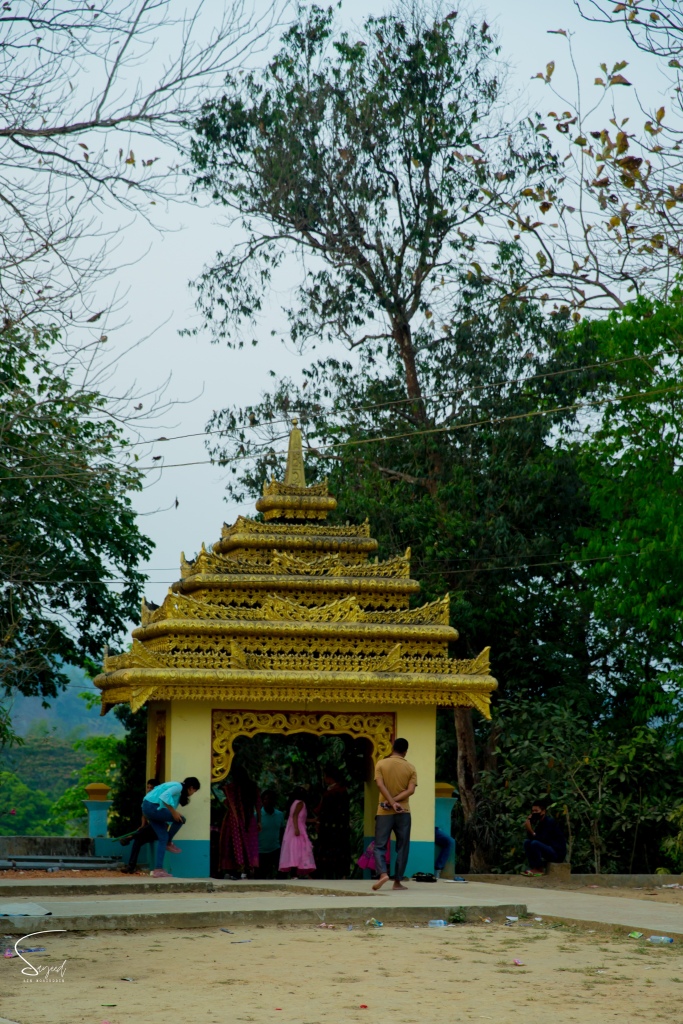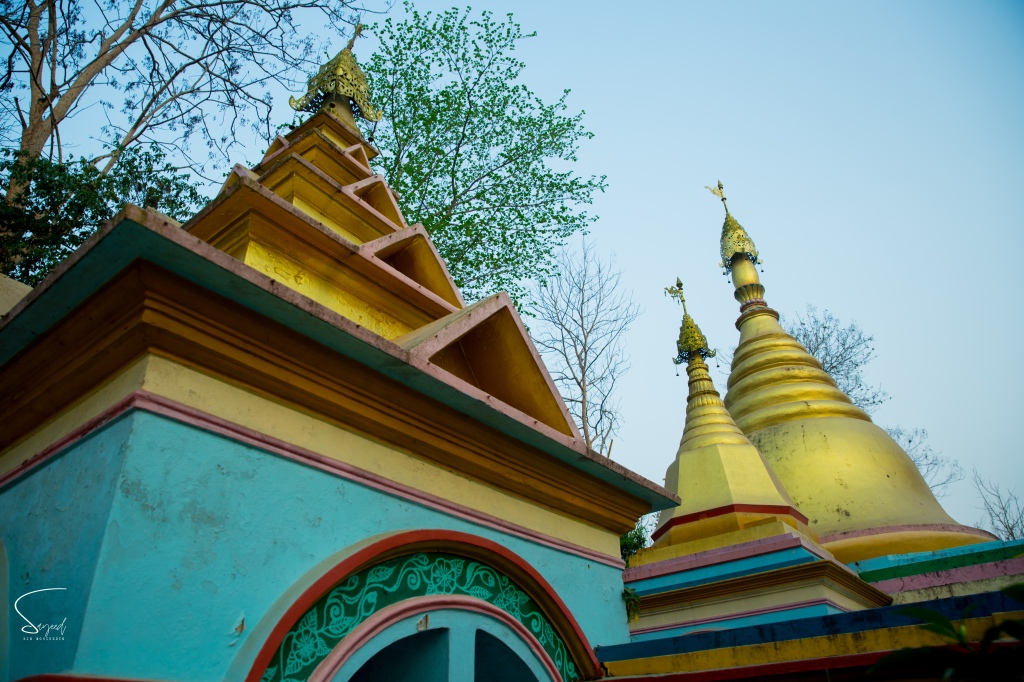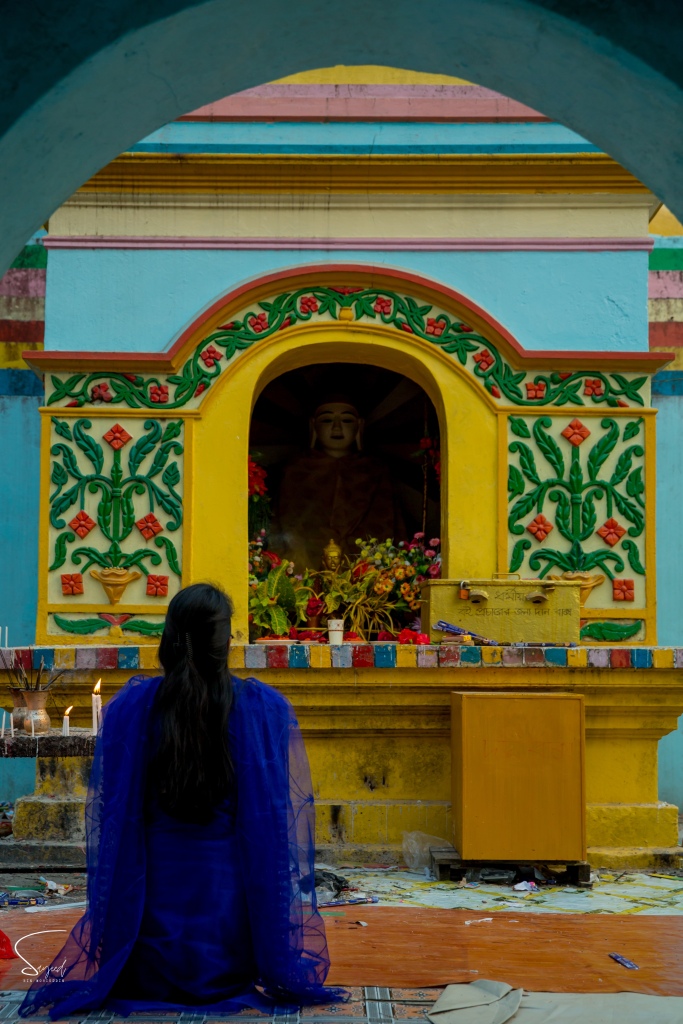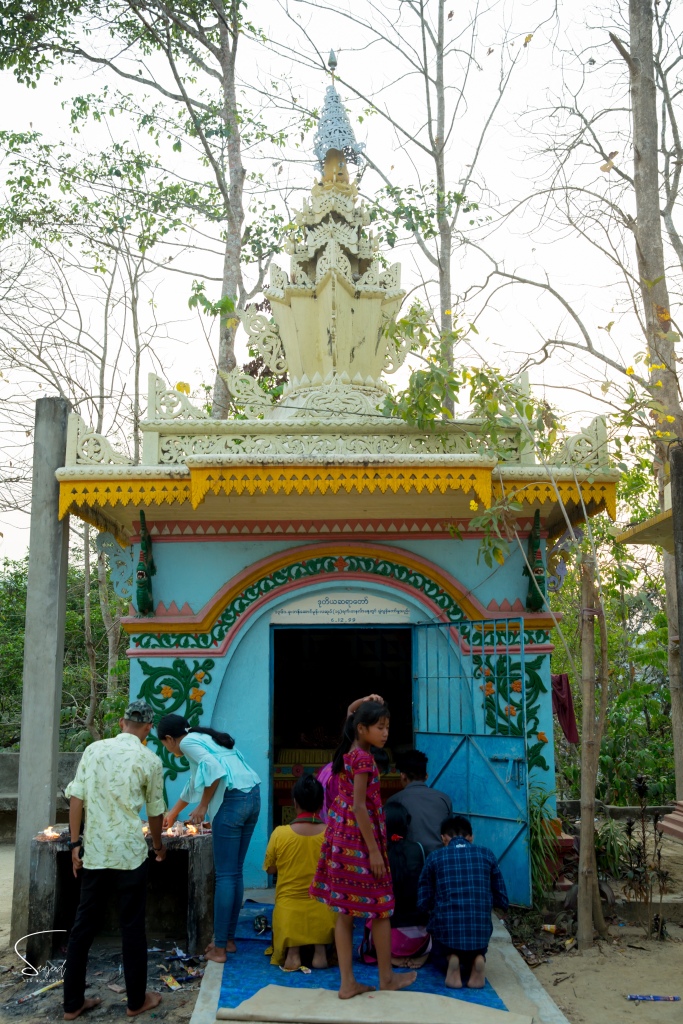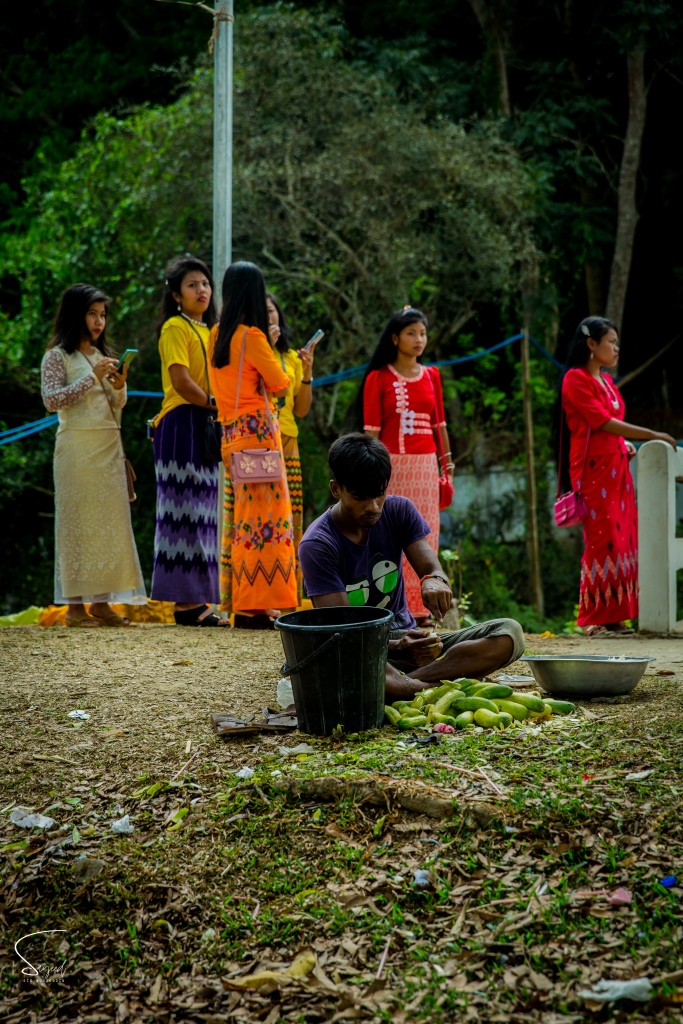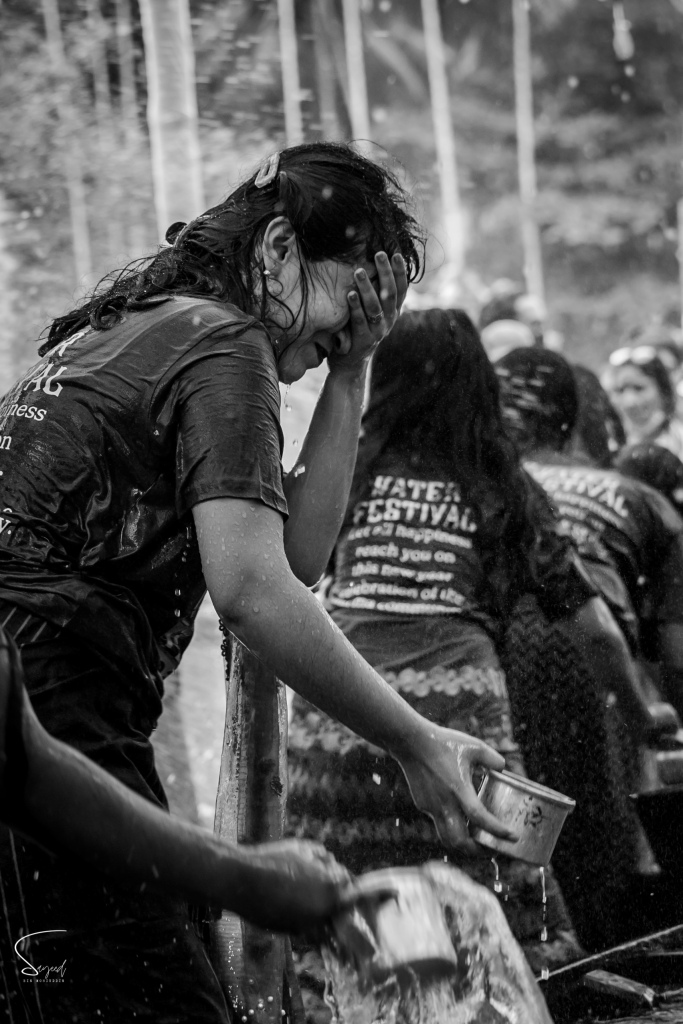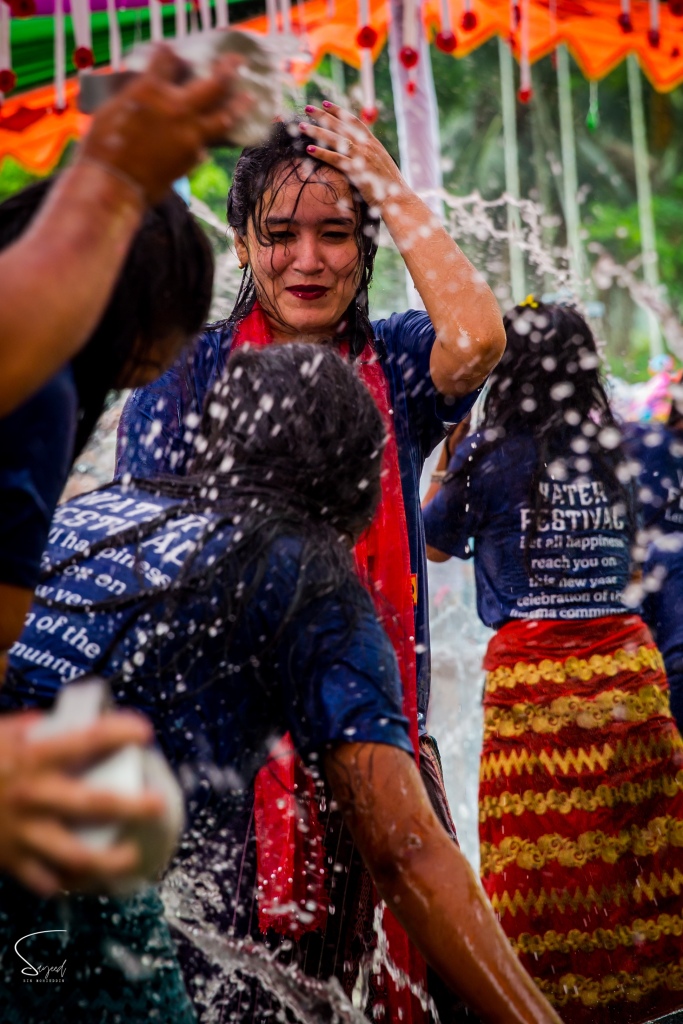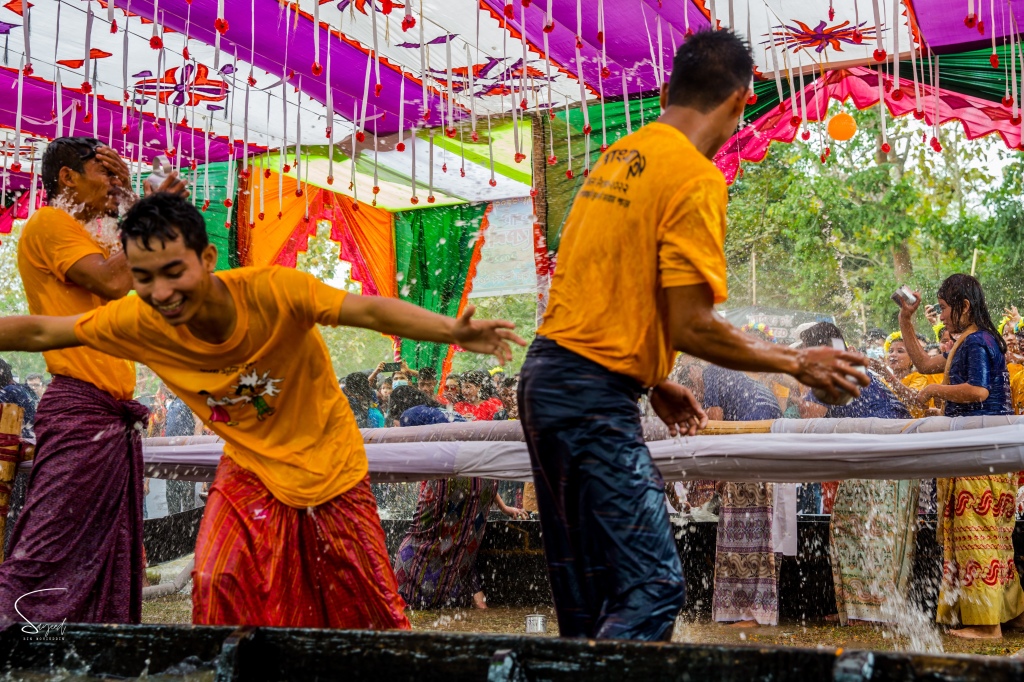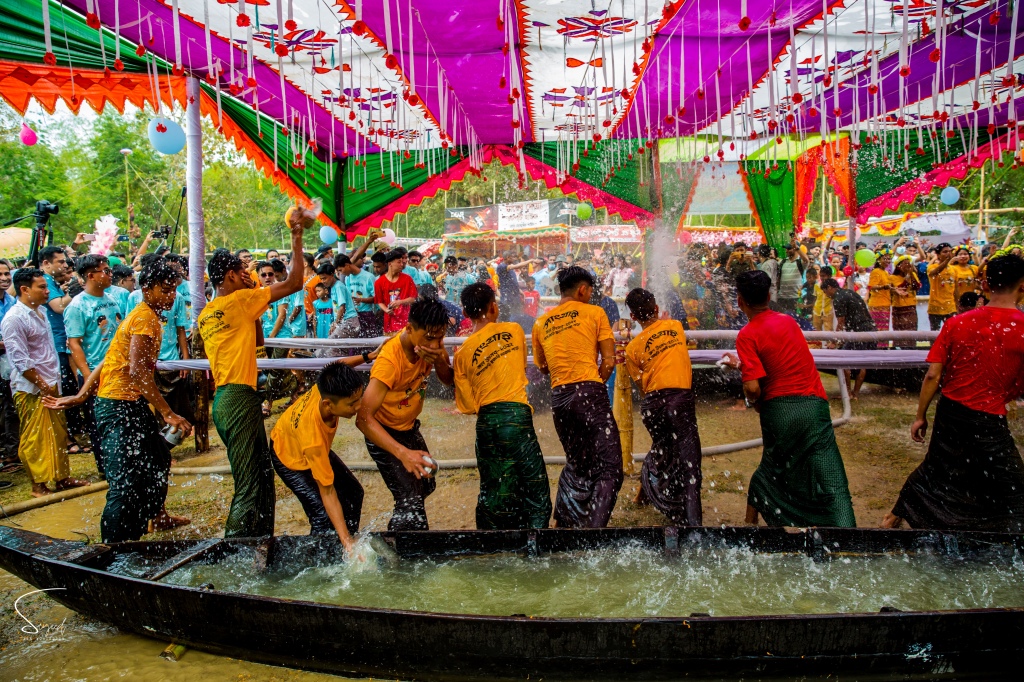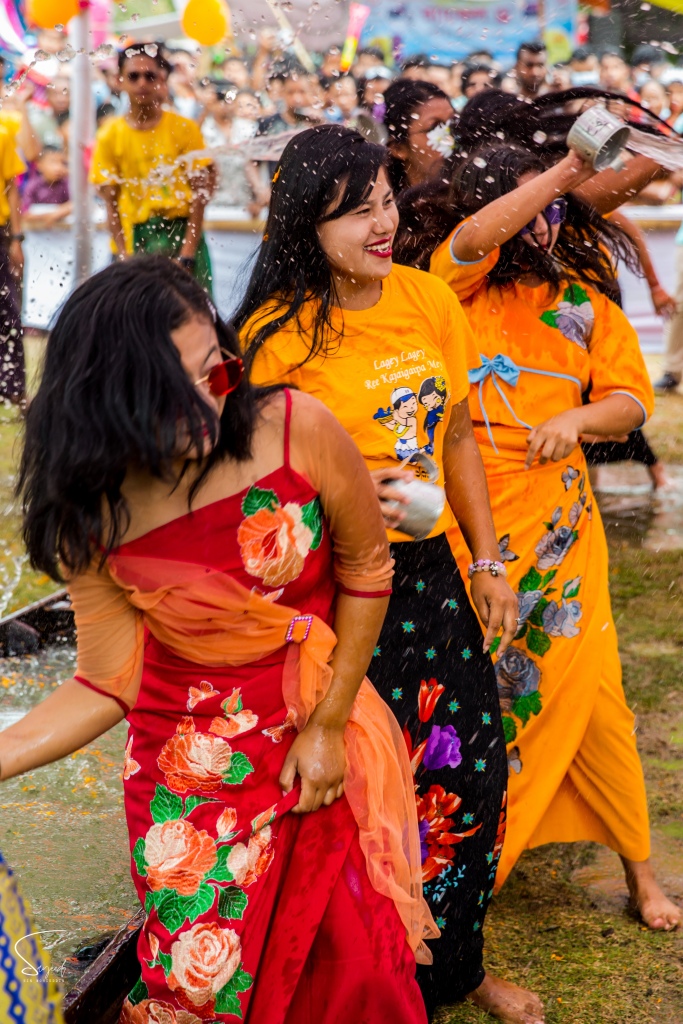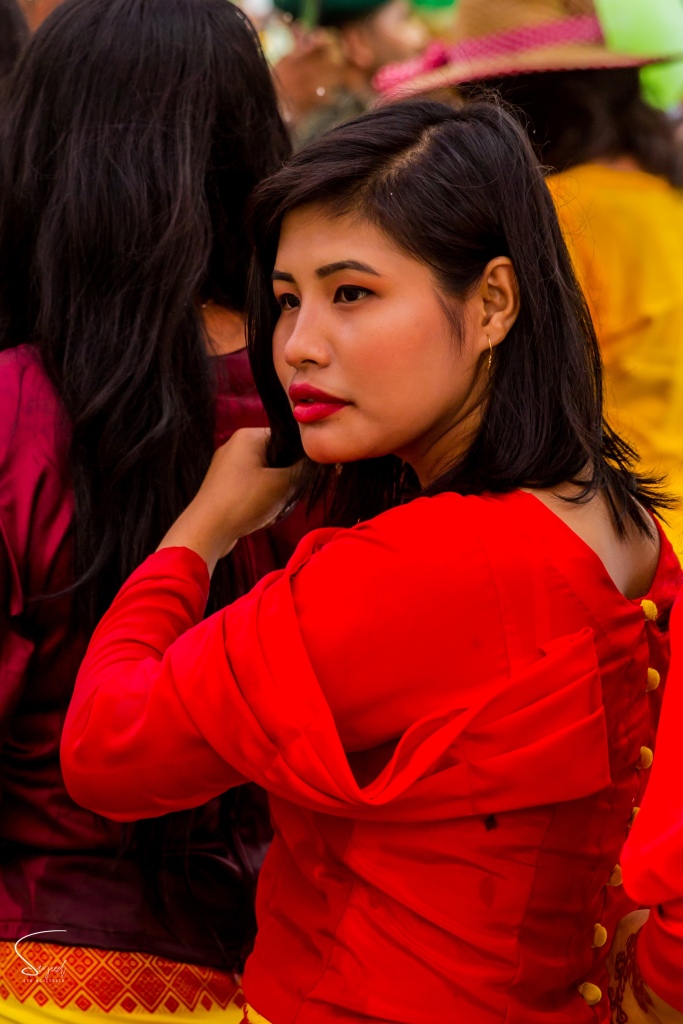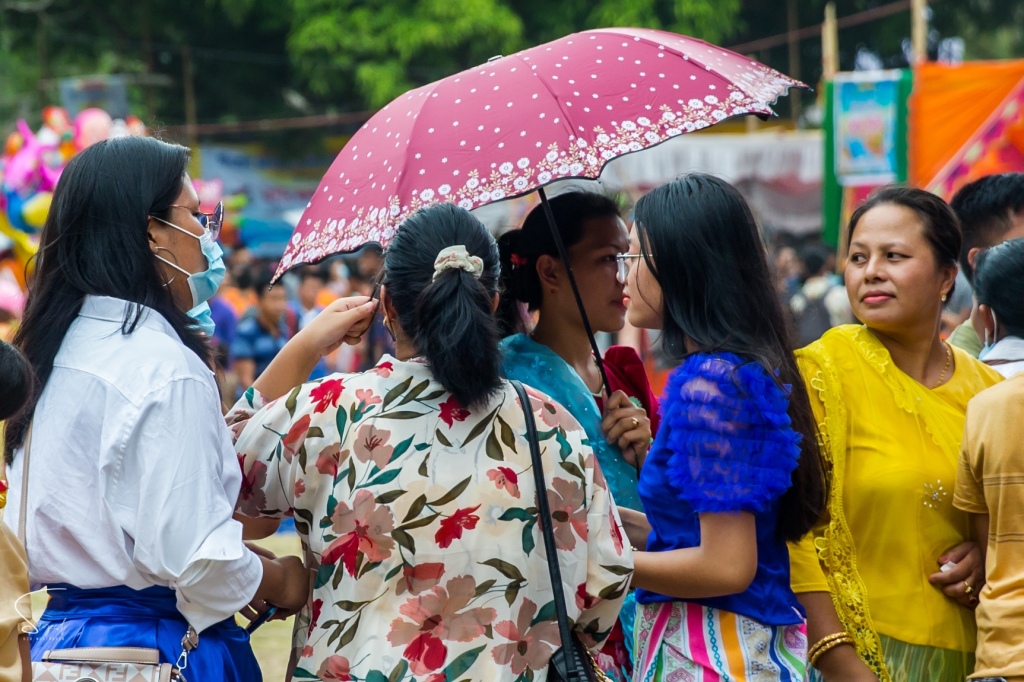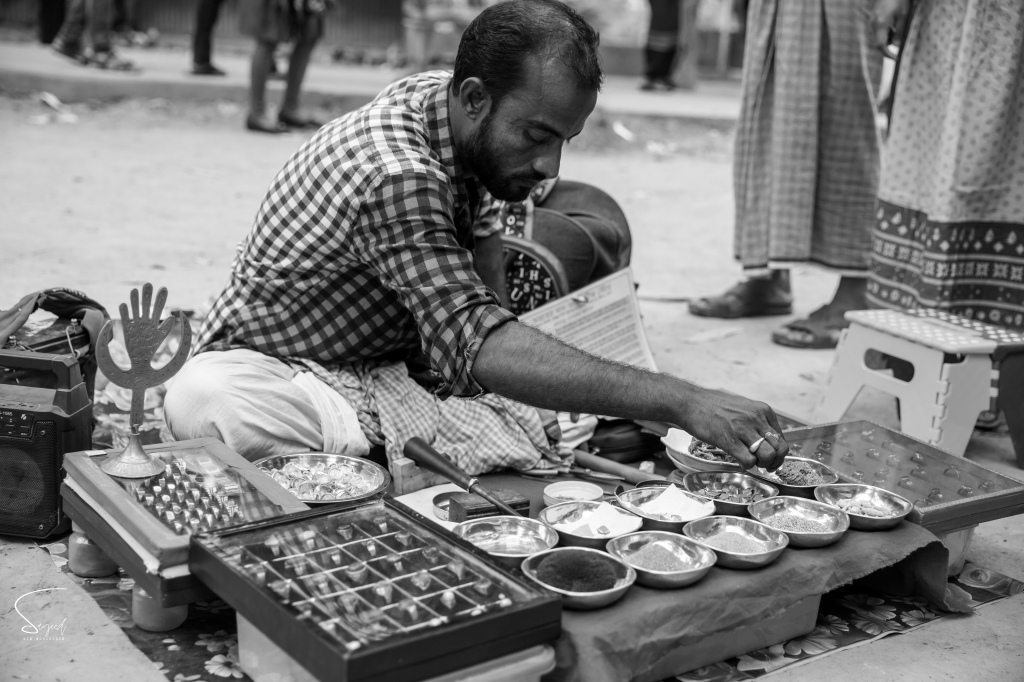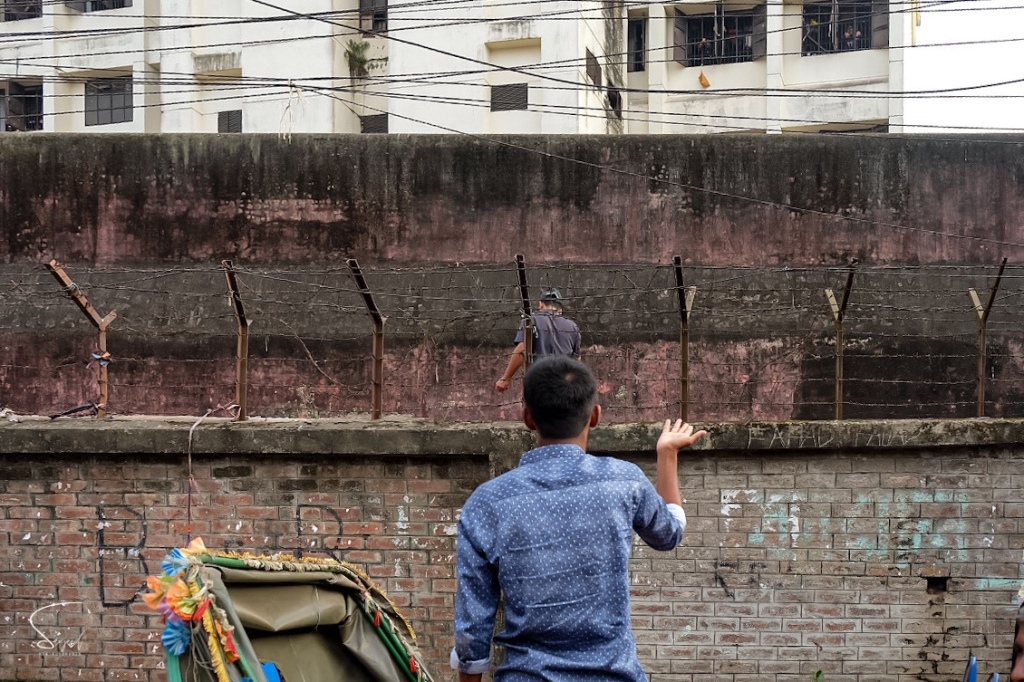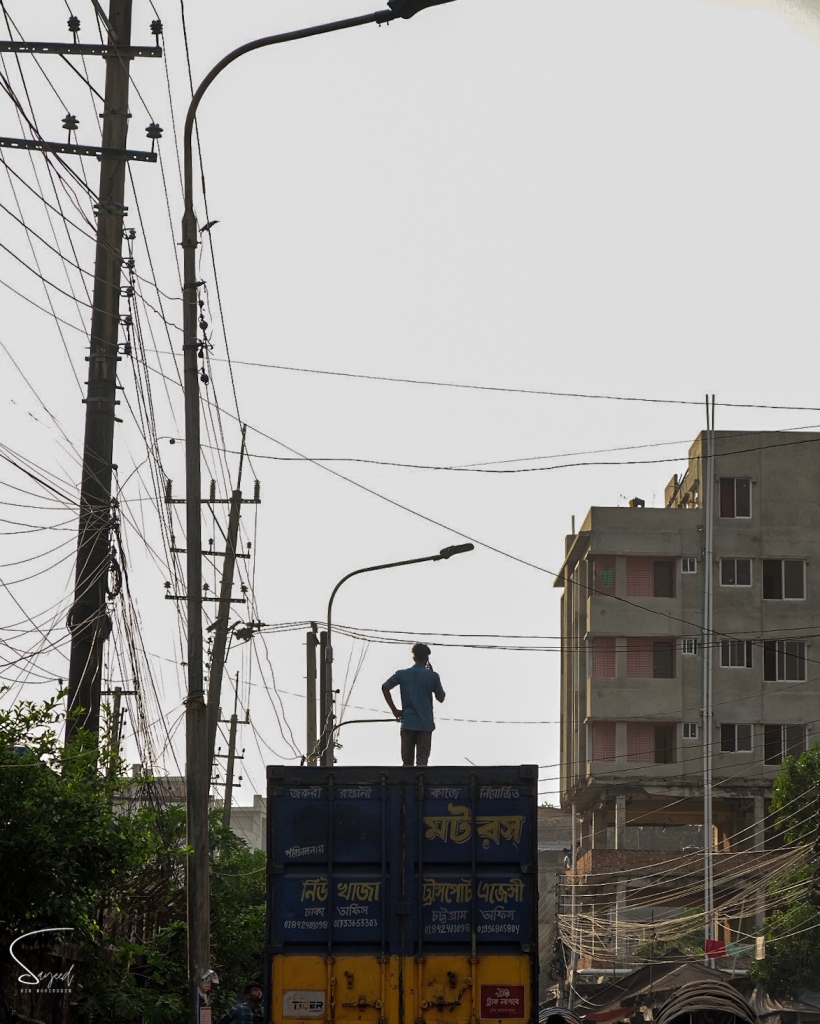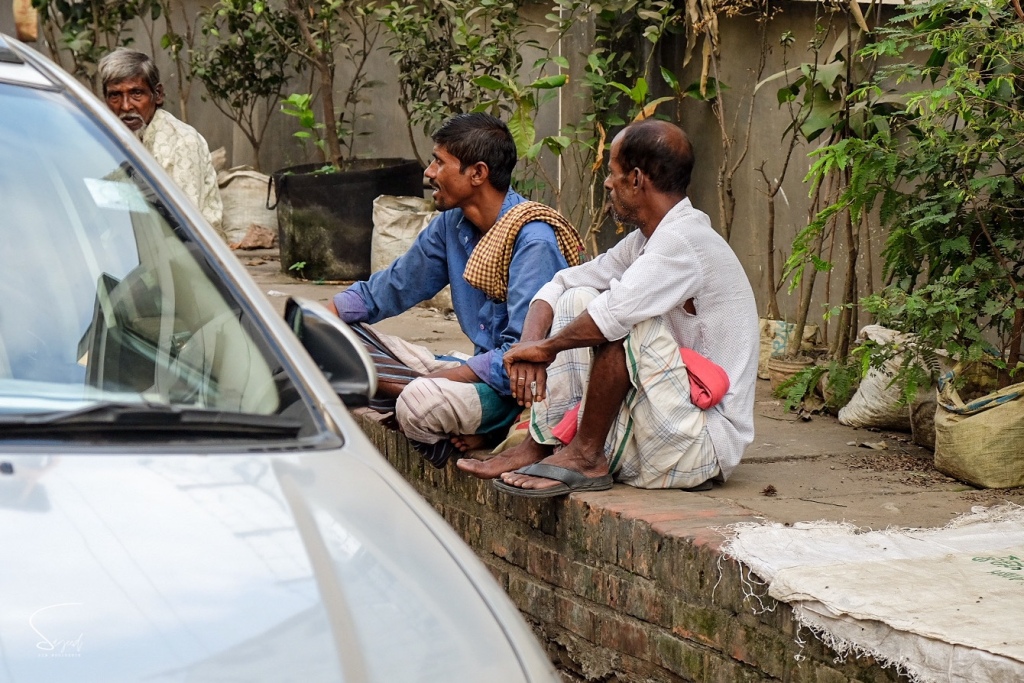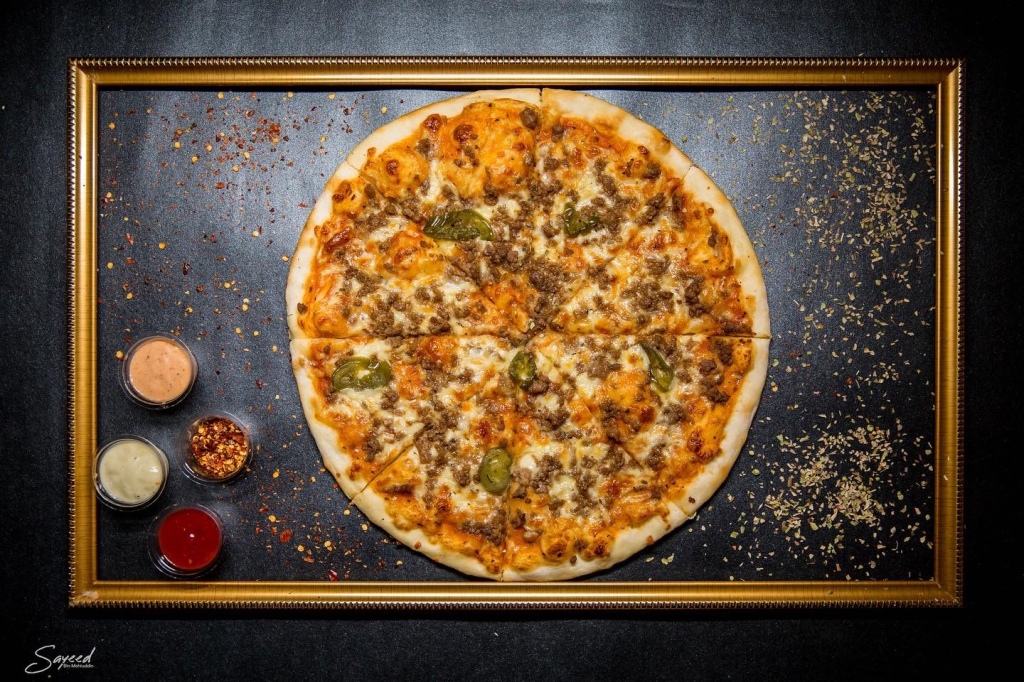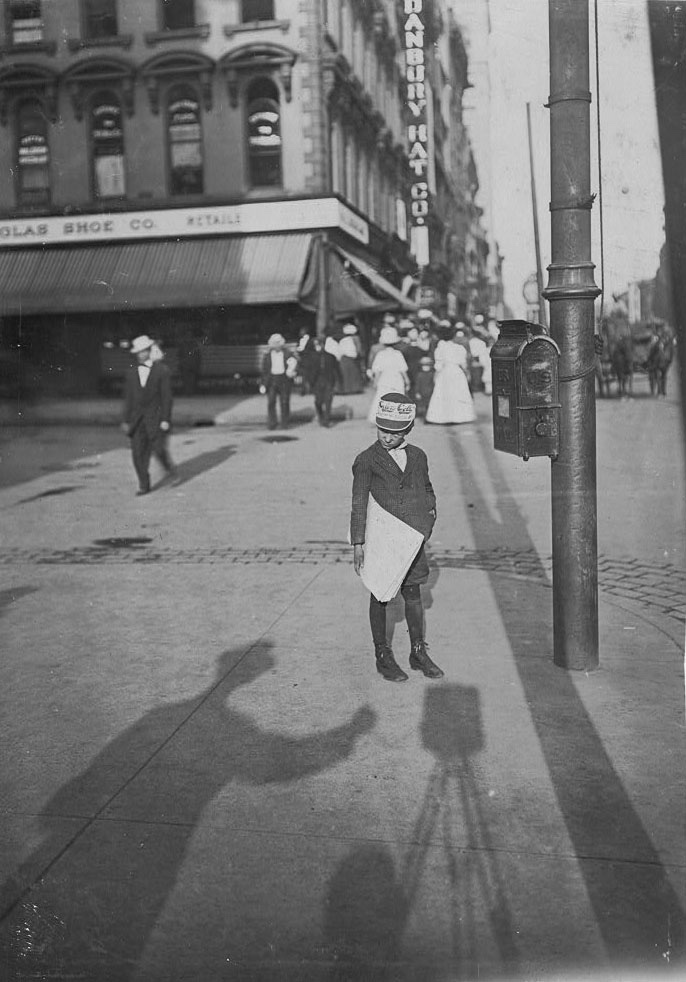If your pictures aren’t good enough, you aren’t close enough.
The photograph below is named ‘The falling soldier’ which is captured in 1936 by Robert Capa. The photographer was capable to capture the exact moment of a soldier being shot on the head. The photograph definitely depicts the ‘decisive moment’ with the stretched arm and falling rifle in the hand. It is dramatic but portraying the truth.

War does not only contain guns, tanks, and soldiers; war contains ordinary people escaping for life, losing of families, and starving for food. War contains fire, blood, and destruction. After achieving the capability of freezing a scene in a photo paper started the journey of war catering photographers.
Robert Capa, one of the greatest photographers the history has seen if not the best in combat and adventure photography. Born into a Jewish family in Hungary as Endre Ernő Friedmann and died by stepping on a land mine in Vietnam as the greatest war photographer of all time he covered 5 significant wars.

Robert Capa had to flee from Hungary as he was involved in politics from his late teenage. He moved to Vienna first followed by Berlin and eventually reached Paris. Starting as the darkroom assistant of famous photographer Henri Cartier-Bresson, Capa aligned his intrinsic urge to tell stories with covering social events and the lives of the middle class. It didn’t take much time for the individual thriving to be in the middle of the Spanish War. He along with his partner Gerda Taro reached Spain at the outset of the war in 1936 as two of the earliest photojournalists there. They worked together to create some of the most iconic images of all time. The photograph below can be the most recognizable photograph to the people named ‘The Falling Soldier’.

If we want to relate to the situation he endured, we have to know how lovable the 35 mm lens was to him. He had to be close enough and succeed to create an impact by bringing out the horrors of the war. He never restrained himself to be in the frontline. Capa has created iconic photos from D-Day landings reaching there with the first wave of American troops. Though he stated that took 106 photos only 11 photographs survived a darkroom accident, which later became known to us as ‘the magnificent eleven’. But his capabilities are being realized with these illustrative shots. The photographs from the series had a profound impact on the people and later being studied.

Robert Capa also covered the Sino-Japanese War, the Indo-China war, and Arab Israel War. His workbook has been proved the monument of endurance, bravery, and mythical capability of exemplifying stories from the most dangerous circumstances humans can see. Yes, he received enough recognition and distinction but that surely wasn’t enough to motivate him to embrace the horror. It’s his perseverance and loyalty to truth, his passion for documenting the miseries of people, and his dedication to bringing the grief and uncertainties in front of us.
He never liked war and wished to be unemployed for a longer duration. But the world is not fair enough to give war photographers ‘leave’.



